At this point, it’s a well-known truism that retaining an existing customer is cheaper than acquiring a new one.
But, how do you figure out a customer’s lifetime value (LTV) on your Shopify store?
And, more importantly…
What do you do with that information?
As a marketing agency that deals mainly with Shopify business owners, these are questions we deal with every day.
You’ll find the answers to these questions — along with a few digressions about customer acquisition costs — in this guide.
What is Shopify LTV (And How Does it Relate to CAC)?
If you already know what LTV and CAC are, feel free to skip to the next section.
Otherwise, let’s get a little technical.
A customer’s lifetime value is a quantifiable metric of what that customer is worth to your business.
In simple terms, LTV is the amount of money a customer will spend over their tenure with your enterprise. It stands in contrast to how much that customer spends on a single transaction (which is also important) since that only tells you a small part of the story.
Here’s a simple example:
Suppose two customers (A and B) both made a purchase as a result of seeing the same ad for your business and you spend $10 to acquire them.
Both customers make a purchase for $100.
However, customer A never makes another purchase from you, while customer B continues to purchase additional goods. Customer B goes on to spend $1,000 before ending their relationship with your business.
Customer A’s LTV is $100, which customer B’s LTV is $1000.
It doesn’t take a marketing genius to realize that customer B was a better use of your ad spend.
So, that’s one part of the customer lifetime value story.
The other part is customer acquisition cost (CAC).
In the example above, the CAC for customers A and B was $100.
But let’s consider a different scenario.
Suppose you spend $100 to acquire customer A and $700 to acquire customer B.
All other things being equal, which is the more valuable customer in that case?
It’s still customer B since their LTV to your business is $200 more than customer A.
So, you can see how some customers are more profitable than others to your business. That has various implications with regard to how much you should be willing to invest in keeping those customers happy.
But, we’ll get to that a little further down.
The key takeaway right now is that each of your customers has a different lifetime value and knowing that LTV is an essential component of making sound business decisions.
How to Calculate Customer Lifetime Value?
Before getting into the details of LTV, it’s important to note that you’ll be working with average customer behaviors rather than exact values for each individual.
The good news is that a lot of this can be automated if you use Shopify and we’ll discuss how to do that further down.
It wouldn’t be practical, nor desirable, to calculate each customer’s repeat purchases and acquisition costs individually. After all, your goal is to make predictions about the future, knowing LTV is simply a means to that end.
With that in mind, let’s take a closer look at what it takes to calculate customer lifetime value.
Calculating Customer Lifetime Value Manually
There are three components to the traditional LTV formula:
- How much a customer spends on average on each purchase from you,
- How often that customer makes a purchase; and
- How long they remain a customer.
The first two components make up customer value. We’ll refer to the last one as the average customer lifespan.
From there it’s straightforward to calculate:
Now all you have to figure out is each of those components.
But, don’t worry.
It’s simpler than it may seem.
Average Order Value
Let’s start with the average purchase value, also known as the average order value (AOV). Before you do, though, pick a time period to work with.
Then, add up all the orders over that period and divide it by the number of orders.
Average Orders Per Customer
Next, you’ll want to calculate how many orders the typical customer made during the period you chose to examine.
To do that, you divide the total number of orders by the number of customers.
There you have it, all that’s left is to multiply the three components and you’ll have the average customer lifetime value for your chosen time period.
And, while it’s useful to know where the numbers originate, let’s face it:
You’ll never have the time to go through all this data manually.
At the very least, you’ll use a simple spreadsheet template to help you arrive at a usable approximation.
But, since you wisely decided to use Shopify to create your store, there are much better options available.
LTV Shopify Apps
Shopify’s extensive library of third-party apps is part of what makes the platform so user-friendly.
💡 Read more: Here’s our list of the best Shopify apps for any business looking to boost sales.
Given that LTV is such an important metric, it should come as no surprise that there are many excellent apps that can help you to calculate it.
And not only calculate your customer lifetime value.
But also to help you make decisions with what those apps reveal.
Our favorite purpose-built app for this kind of analysis is Lifetimely. But, this isn’t meant to be an endorsement of Lifetimely specifically.
There are many apps out there that might fit your needs better and we encourage you to explore the Shopify app store to find one that suits you.
For illustrative purposes, here’s what an app like Lifetimely can do.
Instead of juggling spreadsheets or *shudder* manually calculating LTVs, apps can keep track of every purchase your customers make and their purchase journey.
That gives you a lot of accurate data about your customer lifetime value and, also, other useful data points such as customer acquisition costs.
The right app will also help you make decisions with the LTV data you collect.
And that’s what we’ll cover next.
Why Knowing LTV is So Important
Once you’ve got some data to work with, what’s next?
Put another way:
How does knowing LTV benefit you as a Shopify store owner?
Here are a few practical ways that you can make better decisions with the benefit of customer lifetime value:
1. Decide How To Spend Your Marketing Budget
Unfortunately, you probably don’t have as much money to spend on marketing as you’d like (if you do, contact us, we’ll help you spend it).
So, you’ll often have to make decisions about how best to spend your limited budget.
With the right app, you can segment your customer LTV by marketing channel and find out where your most profitable customers come from.
That puts you in a position to invest in those profitable channels with and reasonable expectation that your investment will pay off.
In fact, you might be able to justify spending much more than you otherwise would if it means acquiring very long-lived customers.
In the image above, you can see an example of how varied the LTV can be between channels.
2. Create LTV Benchmarks
Another application of customer lifetime value is to establish how well your marketing efforts are bearing fruit.
Having benchmarked lifetime value, average customer lifespan, and average order value give you insight into what areas of your business you need to divert attention to.
For instance, if your average customer lifespan is low, it may be a good idea to invest in retention even if your Shopify LTV isn’t changing much.
Conversely, if good customer retention is keeping your LTV up despite dwindling order sizes, you might want to consider an upselling strategy.
Ultimately, you’ll have more data to decide what the lowest-hanging fruit is.
3. Decide How Much Attention a Customer Has Earned
The sad truth is that some customers are simply worth more than others to your business.
That’s not to say you shouldn’t provide excellent customer service across the board. But, when it comes to spending money to retain someone’s business (perhaps in the form of free products or discounts), the juice may not be worth the squeeze.
With a Shopify app tracking your customers’ every interaction, you’ll know exactly how much that customer has spent with you and also how much more you can expect them to spend.
So, if you know you’re strengthening a long and fruitful relationship, you can feel comfortable pulling out all the stops to make someone happy.
Better Shopify Performance Through Customer Lifetime Value
The main takeaway is that you shouldn’t fly blind when it comes to Shopify LTV. Knowing how much a customer is worth empowers you to make data-driven decisions and not trust your gut.
And, with so many excellent Shopify apps that automate the process, you’d be shooting yourself in the foot if you didn’t use that information.
Listed above are just a few of the ways in which knowing your Shopify customers’ LTV can make your business more profitable. If you need help thinking of more, we’d be happy to take a look at your store and help you out.

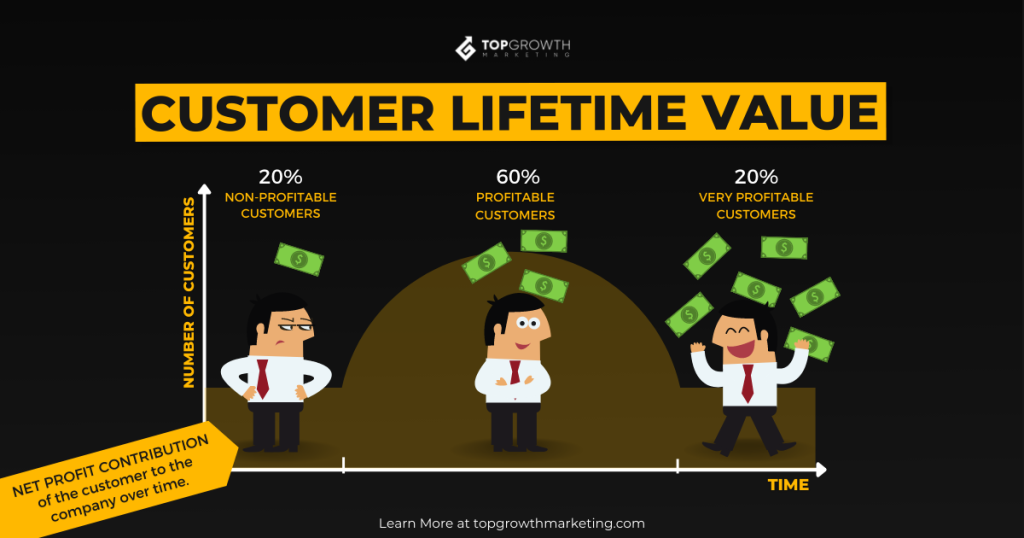



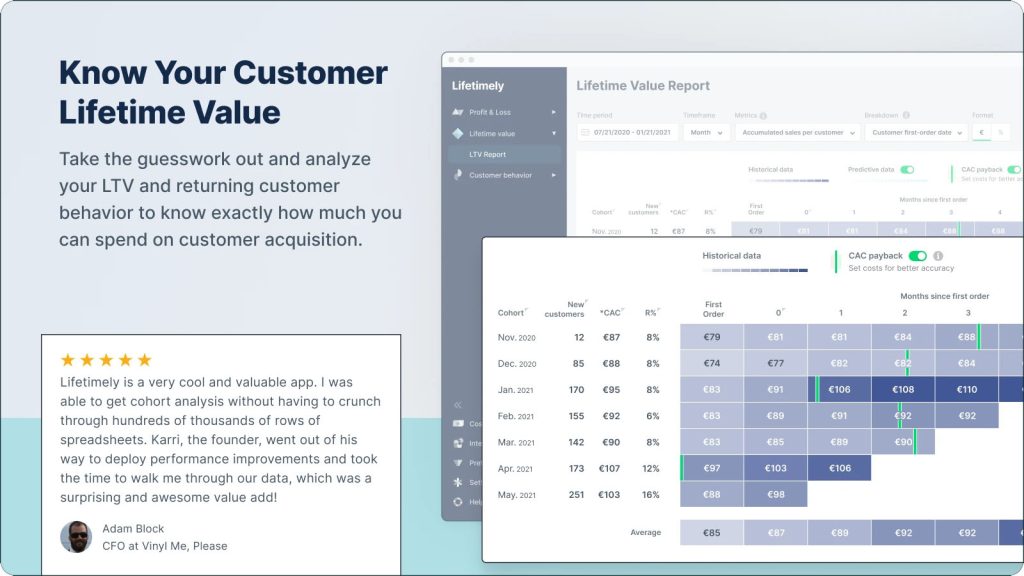
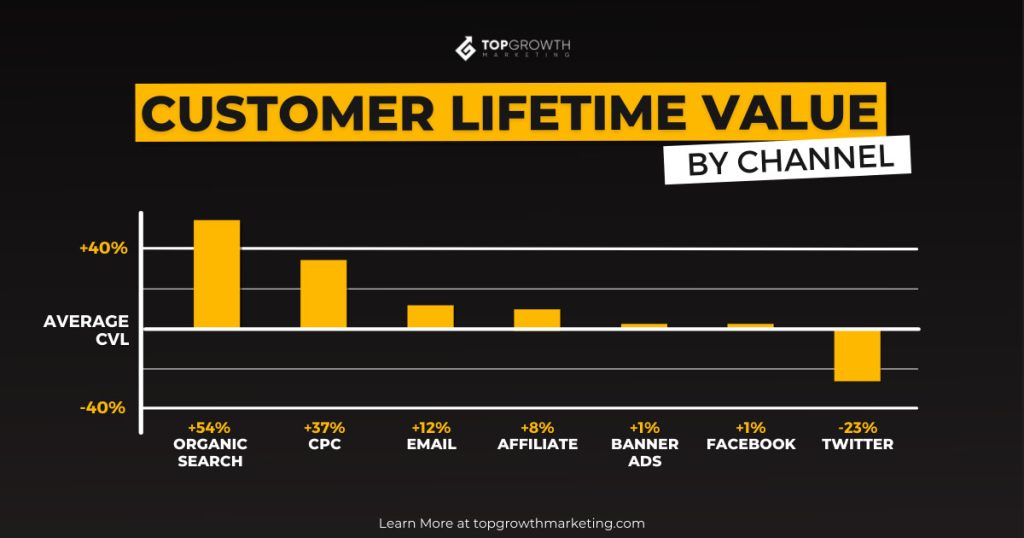

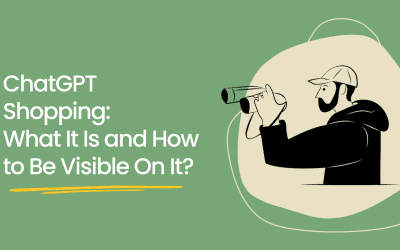
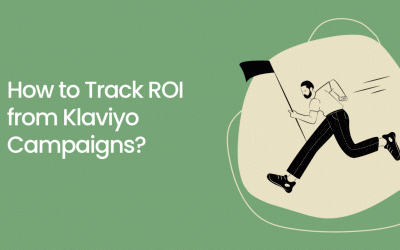

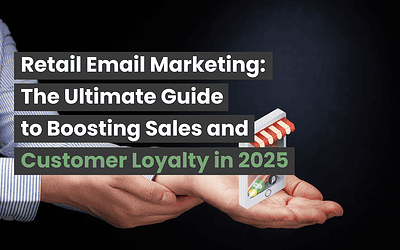
Thanks for Such a detailed and well researched post for Shopify.
Cheers
Manish Gupta
CEO
https://edsfze.com